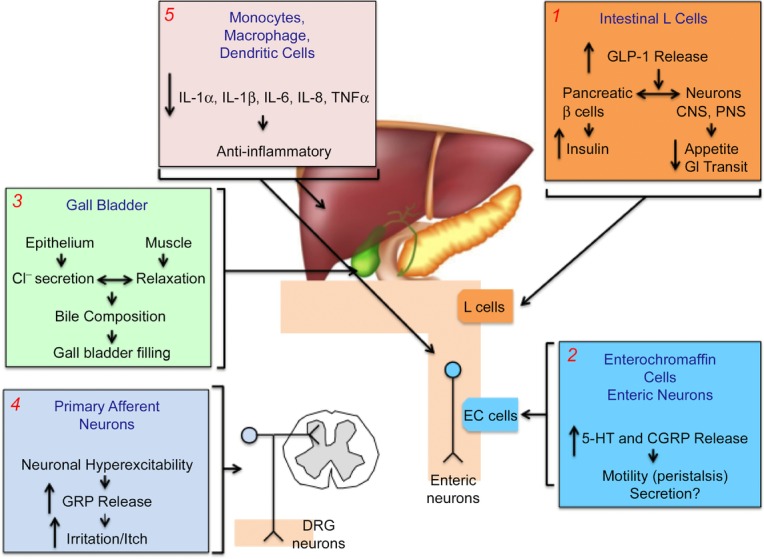Figure 2. Potential functions of TGR5 in the digestive system.

(1) Luminal BAs activate TGR5 on L cells to stimulate release of GLP-1, which promotes insulin secretion and inhibits food intake and gastric emptying, all of which lower blood glucose. (2) In the colon, BAs activate TGR5 on EC cells to stimulate release of 5–HT and on enteric neurons to stimulate release of CGRP. 5–HT and CGRP promote peristalsis. (3) In the gallbladder, activation of TGR5 on epithelial cells stimulates chloride secretion and activation of TGR5 on myocytes inhibits contractility. (4) In the skin and possibly in the intestine, BAs activate TGR5 on primary sensory neurons to induce hyperexcitability and release of GRP, a transmitter of itch and possibly irritant sensations. (5) BAs can activate TGR5 on immune cells of the liver and colon to suppress the release of proinflammatory cytokines and thereby dampen inflammation.
